

Beijing (2008) will host the Summer Olympics
the Taipei 101 (2004)
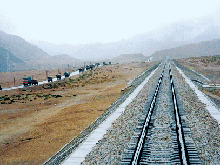
construction on the Qingzang Railway (2001-2007)
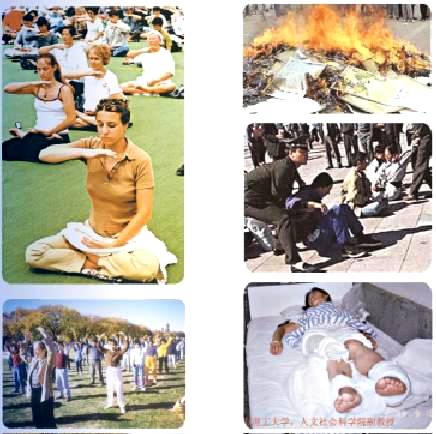
the suppression of Falun Gong (April 1999 - present) is violent and is not covered in State Controlled media reports

Hong Kong (July 1, 1997) was returned to Chinese rule
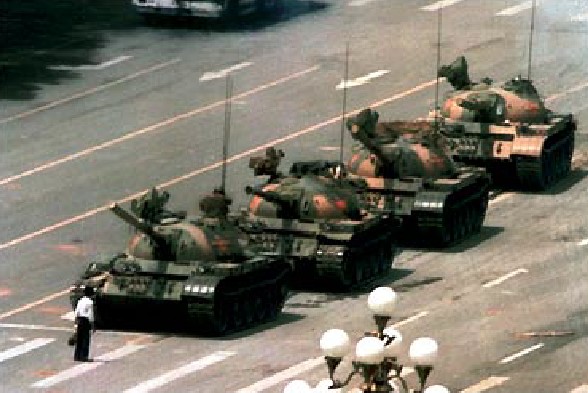
the third Tiananmen Square Protests (April 15, 1989 - June 4, 1989) were a series of student-led, pro-democracy,
pro-socialism demonstrations, which were violently confronted by the Chinese People's Liberation Army
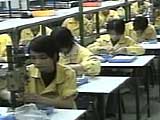
Special Economic Zones (1980) are geographical regions that have economic laws different from
a country's typical economic laws. Usually the goal is an increase in foreign investment
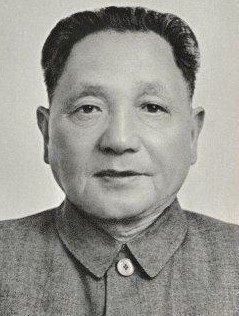
Deng Xiaoping (1980-1990) served as the de facto ruler of the People's Republic of China, forming the core of
the "second generation" CPC leadership. Under his tutelage, China developed one of the fastest growing economies
in the world. Another achievement was the agreement signed by Britain and China on December 19, 1984 (Sino-British
Joint Declaration) under which Hong Kong was to be handed over to the PRC in 1997. With the end of the 99-year
lease on the New Territories expiring, Deng agreed that the PRC would not interfere with Hong Kong's capitalist
system for 50 years. A similar agreement was signed with Portugal for the return of colony Macau. Dubbed
"one country-two systems," this approach has been touted by the PRC as potential framework within which Taiwan
could be reunited with the Mainland in more recent years

the Gang of Four was expelled (1977) following the death of Mao Zedong
the Terracotta Army (March 1974) was discovered

One-child policy (1970s)

Space program (1968)

the Great Proletarian Cultural Revolution (1966-1976) in the People's Republic of China was a revolutionary upsurge
by Chinese students and workers against the bureaucrats of the Chinese Communist Party. It was launched by Communist
Party Chairman Mao Zedong in 1966 to secure Maoism (known domestically as Marxism-Leninism-Mao Tse-tung Thought)
in China as the state's dominant ideology and eliminate political opposition
the three Years of Natural Disasters (1959-1961)

Hainan Island (1950) was captured by the communists

the ruling Kuomintang (nationalist party) of the Republic of China (1949) retreated from mainland China and moved the
ROC government to Taipei, Taiwan's largest city, while continuing to claim sovereignty over all of China and Mongolia

the People's Republic of China (1949) was proclaimed by Mao Zedong
the People's Daily (1948)

the Long March (October 1934) was a massive military retreat undertaken by the Chinese Communist Army to
evade the pursuit of the Kuomintang army. The Communist Army of the Chinese Soviet Republic, led by Mao Zedong
and Zhou Enlai, was on the brink of complete annihilation by Chiang Kai-Shek's troops in the Jiangxi Province
the Yangtze River (1931) burst a dam, causing fatal damage in the form of floods, famine, and mass deaths
the Autumn Harvest Uprising (1927) was led by Mao Zedong

the Chinese Civil War (1926-1949)
the Treaty of Versailles (June 28, 1919)
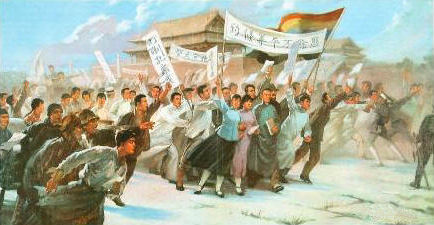
May Fourth Movement (1919)
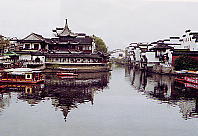
the establishment of the Republic of China (January 1, 1912-1949) was declared by Sun Yat-sen in Nanjing
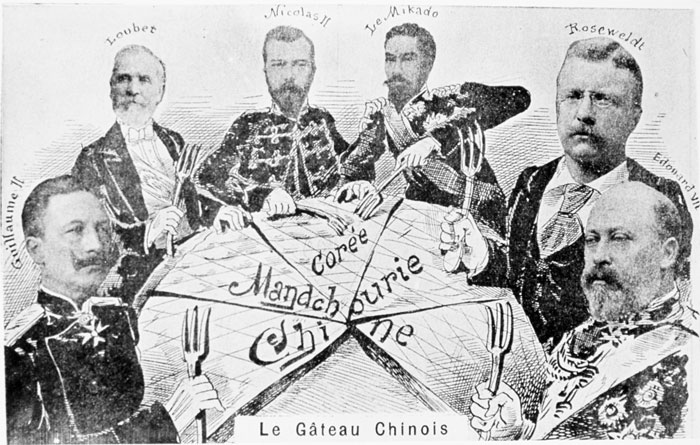
the Russo-Japanese War (1904-1905) was an extremely bloody conflict that grew out of
the rival imperialist ambitions of Imperial Russia and Japan in Manchuria and Korea

the Boxer Rebellion (November 1899 - September 7, 1901)
Taiwan was conquered (1680)
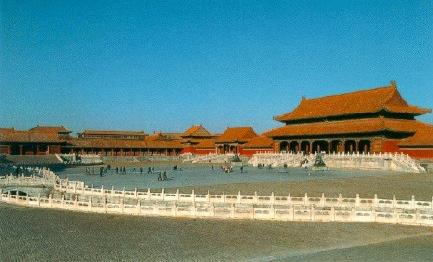
the Qing dynasty (1644-1912) was founded not by the Han Chinese people who form the overwhelming majority of
the population of China proper, but by the Manchus, a semi-nomadic people not even known by that name when
they first rose to prominence in what is now northeastern China. Taking advantage of the political instability and popular
rebellions convulsing the Ming dynasty, the highly organized military forces of the Manchus swept into the Ming capital of
Beijing in 1644, and there remained until the Qing dynasty was overthrown in a revolution in 1911, with the last emperor
abdicating early in 1912. The Forbidden City or Forbidden Palace, located at the exact center of the ancient City of Beijing,
was the imperial palace during the mid-Ming and the Qing dynasties
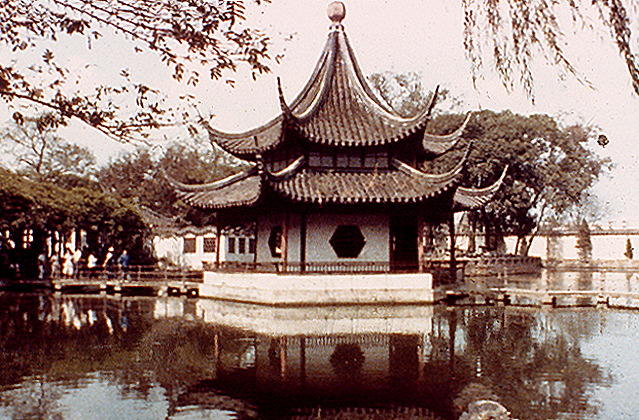
the Ming dynasty (1368-1644) was established by the revolt against the Mongols led by Zhu Yuanzhang
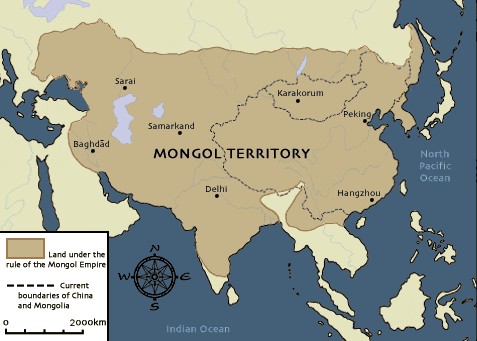
the Mongol Yuan dynasty (1271-1368) destroyed the Song dynasty in 1279
and once more unified China, this time as part of a vast Mongol empire
while repelling a Mongol invasion (1259) with bullets shot through bamboo
tubes, China's Sung armies pioneered the use of firearms that propel bullets
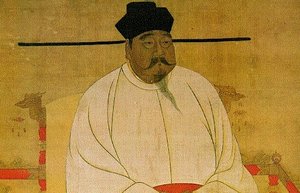
the Song dynasty (960-1279) marked the reunification of China for the first time since
the fall of the Tang dynasty in 907. The intervening years, known as the Period of Five Dynasties
and Ten Kingdoms, were a time of division between north and south and of rapidly changing administrations
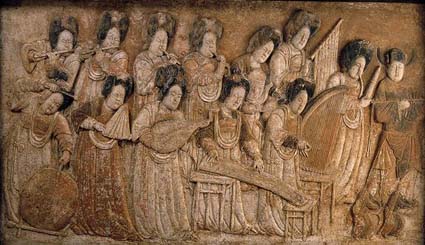
Five dynasties and Ten kingdoms (907-960)
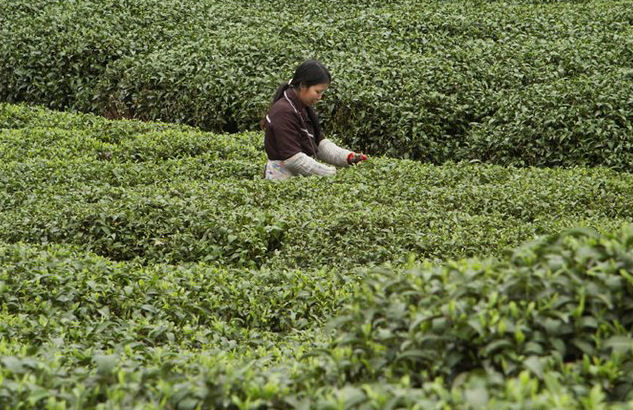
tea (708) became a popular beverage
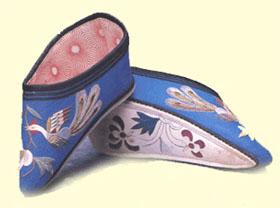
foot binding (8th century)
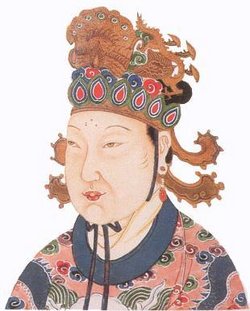
the Tang dynasty (618-907) was interrupted by the Second Zhou
dynasty (690-705) when Empress Wu Zetian seized the throne
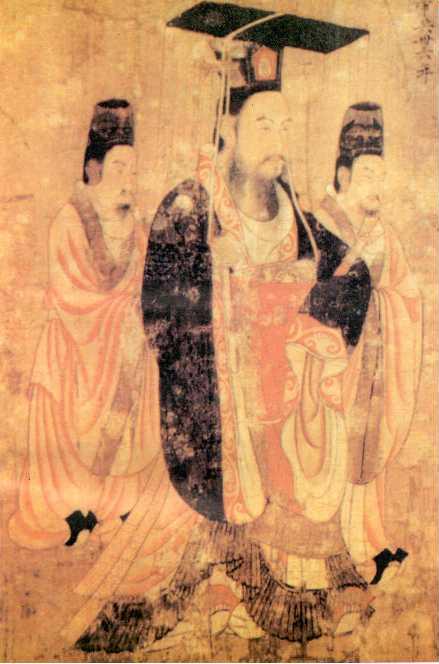
the Sui dynasty (581-618)

Shaolin Kung Fu (527)
Buddhists (466) were persecuted in an attempt to maintain the influence of Confucianism and restrict
the redirection of resources from the secular government to religious temples and monasteries
the Southern and Northern dynasties (420-589)

the Jin dynasty (265-420) was founded by the Sima family

the three Kingdoms period (220 - 280) in a strict academic sense it refers to the period between the foundation
of the Wei in 220 and the conquest of the Wu by the Jin Dynasty in 280. However, many Chinese historians and
laypeople extend the starting point of this period back to the uprising of the Yellow Turbans in 184
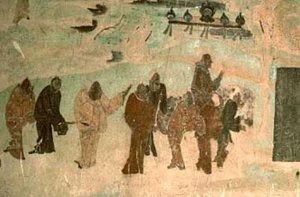
during the Han dynasty (202 bc - 220 ad) China officially became a Confucian state and prospered domestically:
agriculture, handicrafts and commerce flourished, and the population reached 50 million. Meanwhile, the empire extended
its political and cultural influence over Vietnam, Central Asia, Mongolia, and Korea before it finally collapsed under a
combination of domestic and external pressures. From 138 BC, Emperor Wu also dispatched Zhang Qian twice as his
envoy to the Western Regions, and in the process pioneered the route known as the Silk Road from Chang'an (today's
Xi'an, Shaanxi Province), through Xinjiang and Central Asia, and on to the east coast of the Mediterranean Sea
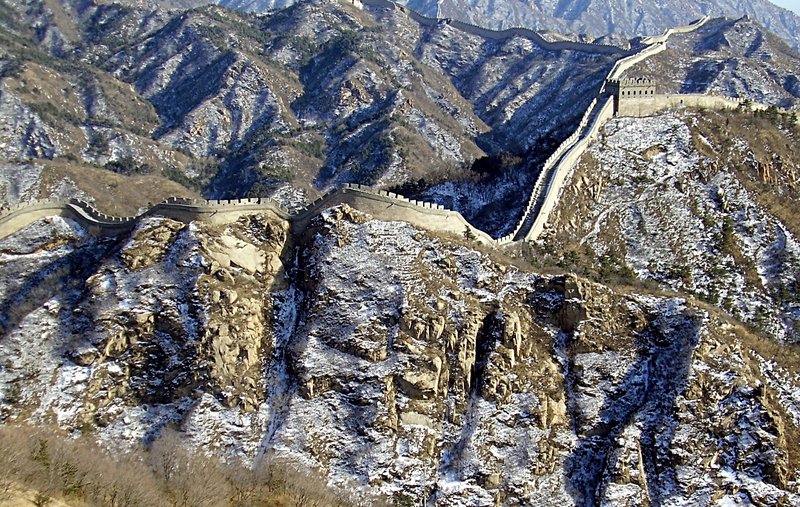
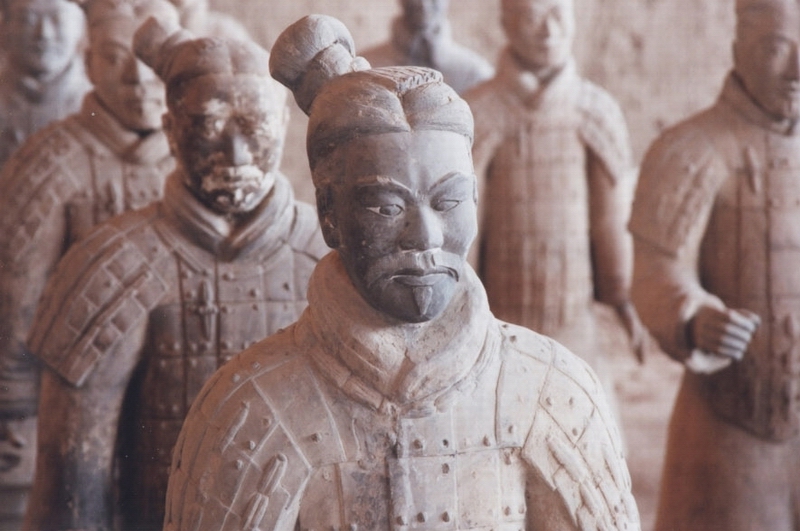
the start of the Qin dynasty (221-207 bc) and the unification of China under the First Emperor marked
the beginning of imperial China, a period that lasted until the fall of the Qing Empire in 1912. The Terra
Cotta army was discovered in March 1974 during the sinking of wells for farmland irrigation. The army
consists of more than 7,000 life-size tomb terra cotta figures of warriors and horses buried with the
self-proclaimed first Emperor of Qin (Qin Shi Huang) in 210-209 bc
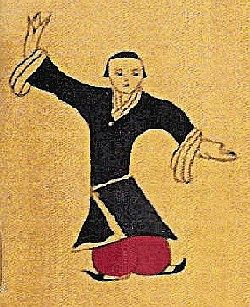
Qigong (4th cent. bc)
the Four Books and Five Classics
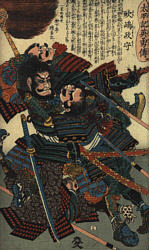
Sun Tzu's The Art of War (512 bc)
the Well-field system (9th century bc)

the Zhou dynasty (1046-256 bc) lasted longer than any other in Chinese history. Artifacts during this
dynasty were made mostly form iron after bronze had been used in the Shang period. The Spring and
Autumn Period represented an era in Chinese history between 722 and 481 bc. The period takes its
name from the Spring and Autumn Annals, a chronicle of the period whose authorship was traditionally
attributed to Confucius. During the Spring and Autumn Period, power became decentralized. This period
was filled with battles and annexation of some 170 smaller states. The slow crumbling of nobility resulted
in widespread literacy; increasing literacy encouraged freedom of thought and technological advancement.
This era is followed by the Warring States Period (481-221bc)

the later Shang or Yin period (1300-1046 bc) followed
on the earlier Shang period (1600-1300 bc)

the Xia dynasty (2033-1562 bc) is the first dynasty to be described in Chinese historical records.
Yu the Great, the legendary first Chinese monarch of the Xia Dynasty, is best remembered for teaching
the people flood control techniques to tame China's rivers and lakes
the Chinese calendar (2637 bc)
Leizu discovered silk and invented the silk loom (28th century bc)
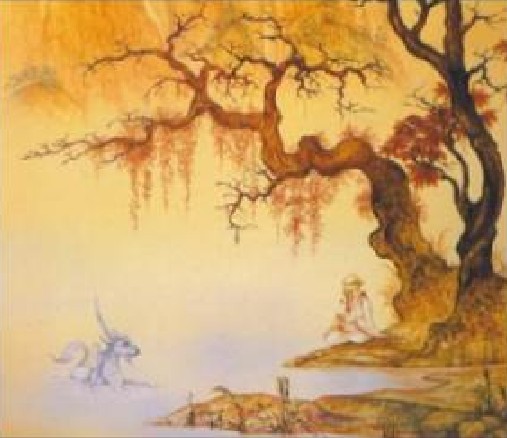
the Three August Ones and Five Emperors (3000-2205 bc) were mythological rulers of China in the
time preceding the Xia dynasty. Fu Hsi was the mythical First sovereign of ancient China. He is the culture
hero reputed to be the inventor of writing, fishing and trapping. The Yellow Emperor or Huang Di is a legendary
Chinese sovereign and cultural hero who is said to be the ancestor of all Han Chinese. One of the Five Emperors,
the Yellow Emperor is said by tradition to have reigned from 2698 to 2598 bc